Regardless of whether you pick a mat, prefer garage floor tile, or perhaps want to pick epoxy or perhaps some other floor improvement, the project begins with the undesirable job of moving everything out of the garage area, which will ultimately need to be placed again in once more. automobile then garage flooring might be a different term to help you.
Garage Gym Flooring Ideas

Typically, the garage floor is actually the very last thing we bring to mind when we choose home improvement projects. The garage floor of yours is normally the most abused element of any structure, generating the use of garage flooring tiles an important aspect of sustaining your unpolluted, environment that is safe. An epoxy garage floor can tolerate water, oil, dirt and grease without being harmed.
Inspirational Garage Gyms & Ideas Gallery Pg 5 – Garage Gyms

The most effective way to determine if your garage floor is going to have this paint applied to it is by carry out an incredibly simple test. Among the most famous models of all the time is the checkered blackish and whitish look. Also, it would likely provide for a far more aesthetically pleasing floors of the process.
Basement Flooring Modern Finished Basements Basement Party Ideas 20190410 Home gym garage

Garage gym and flooring [Article, Video]
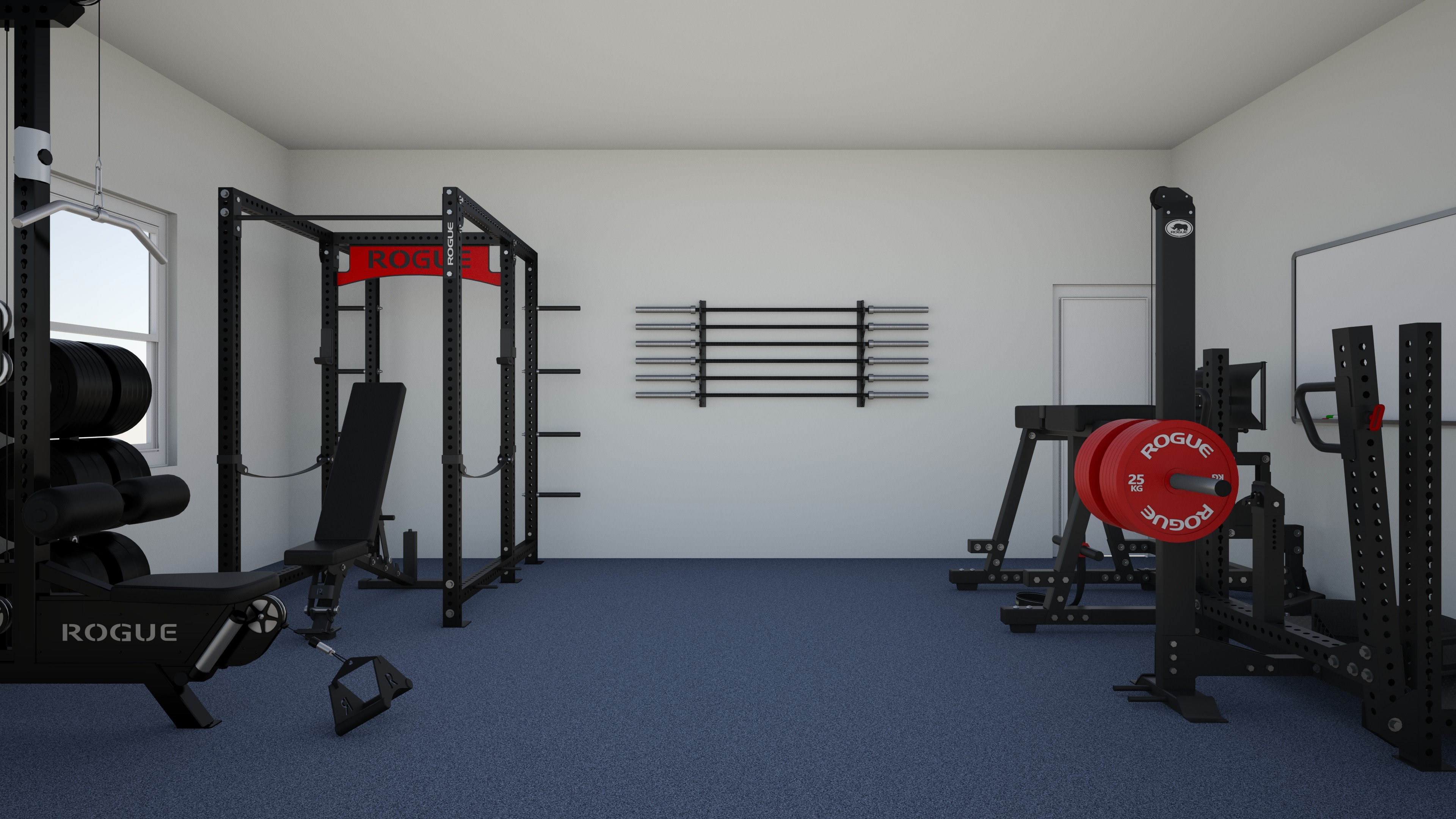
Garage Floor Tile Company – Affordable DIY Garage Flooring

My Gym Flooring for Garage UK Project – Peck me out

Garage Gym Flooring Canada NIVAFLOORS.COM

12+ Garage Flooring Designs, Ideas Design Trends – Premium PSD, Vector Downloads
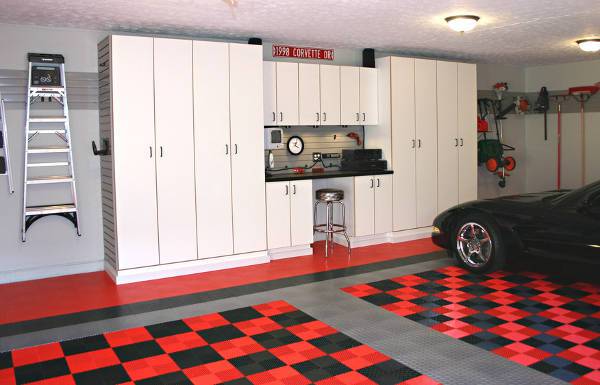
Best Home Gym Flooring Reviewed – Garage Gym Builder
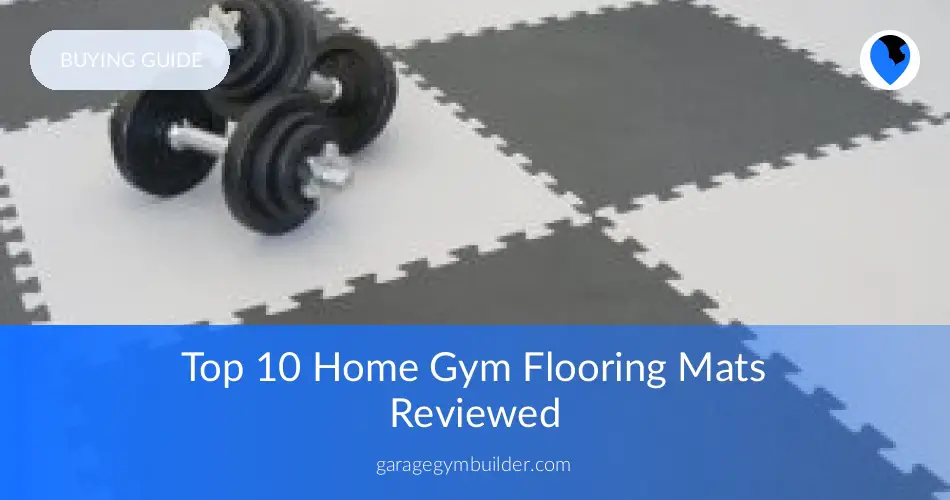
Finally getting to build my garage gym flooring? : homegym
The Best Home Gym Flooring – DIY Garage Gym Renovation

Top 75 Best Garage Gym Ideas – Home Fitness Center Designs

Ottawa Garage Flooring – Garage Floor Epoxy, Concrete Flooring

90 Garage Flooring Ideas For Men – Paint, Tiles And Epoxy Coatings

FLOR Carpet Tiles Bring Modular Flooring Home
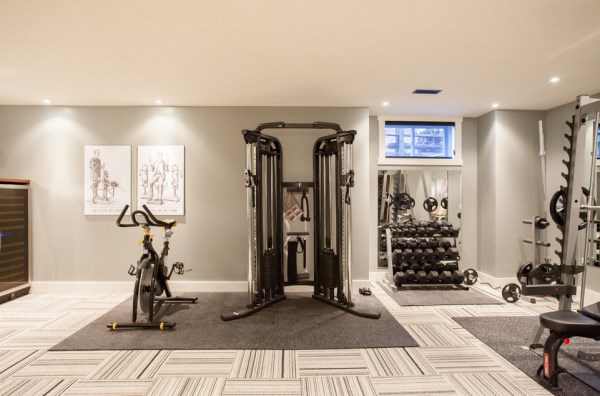
Related Posts: